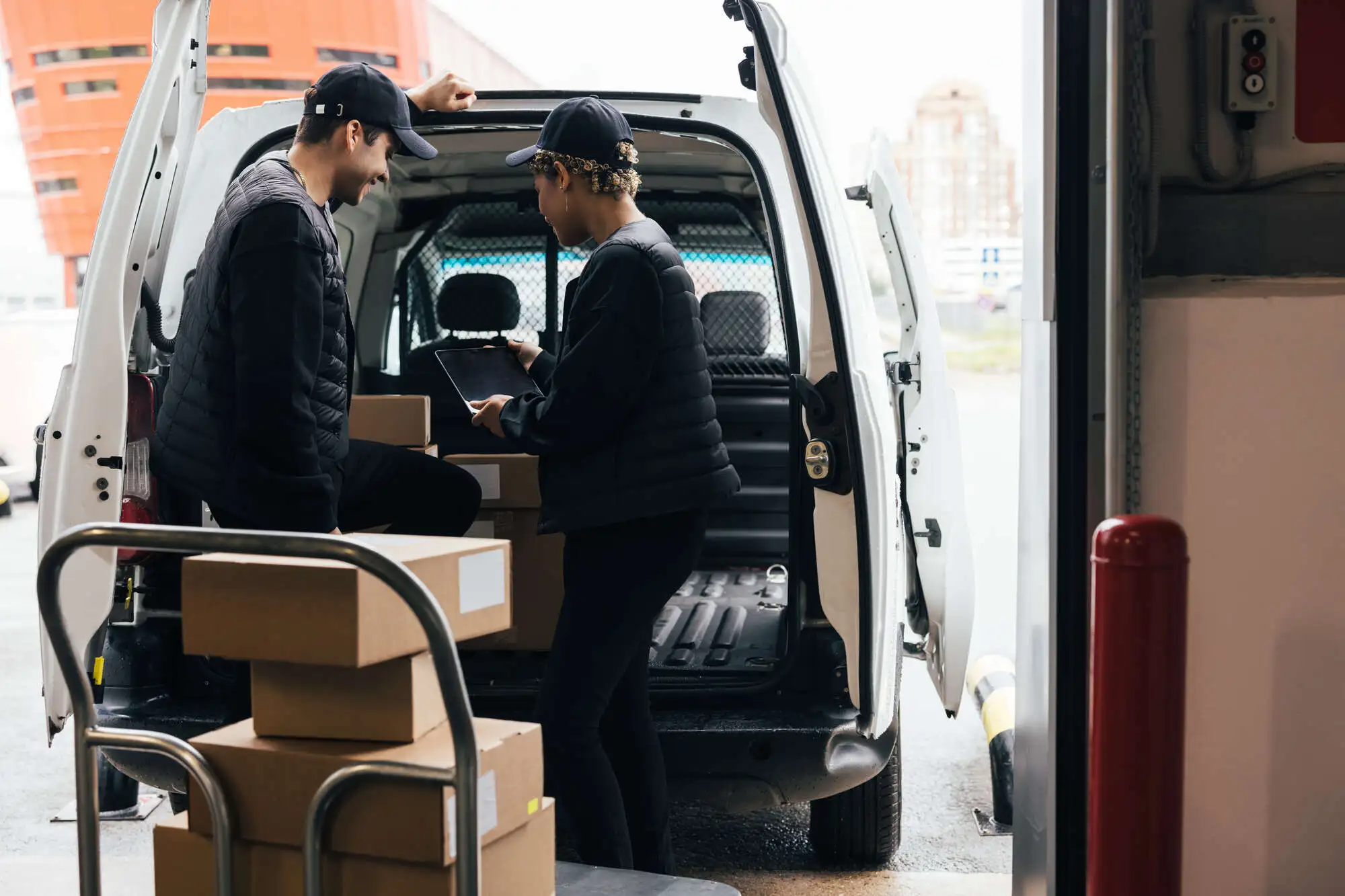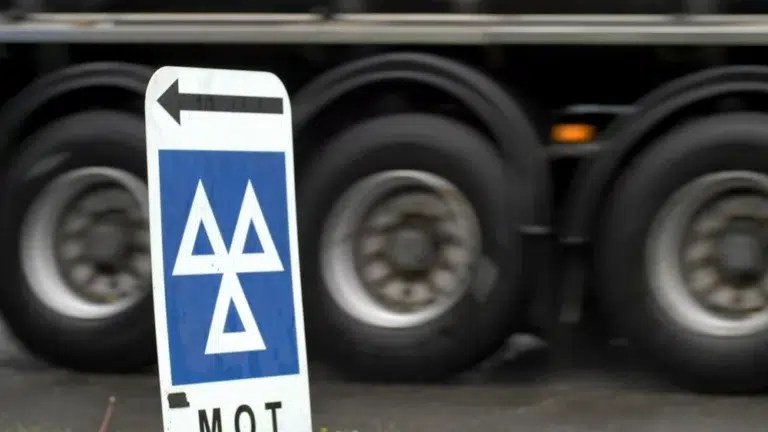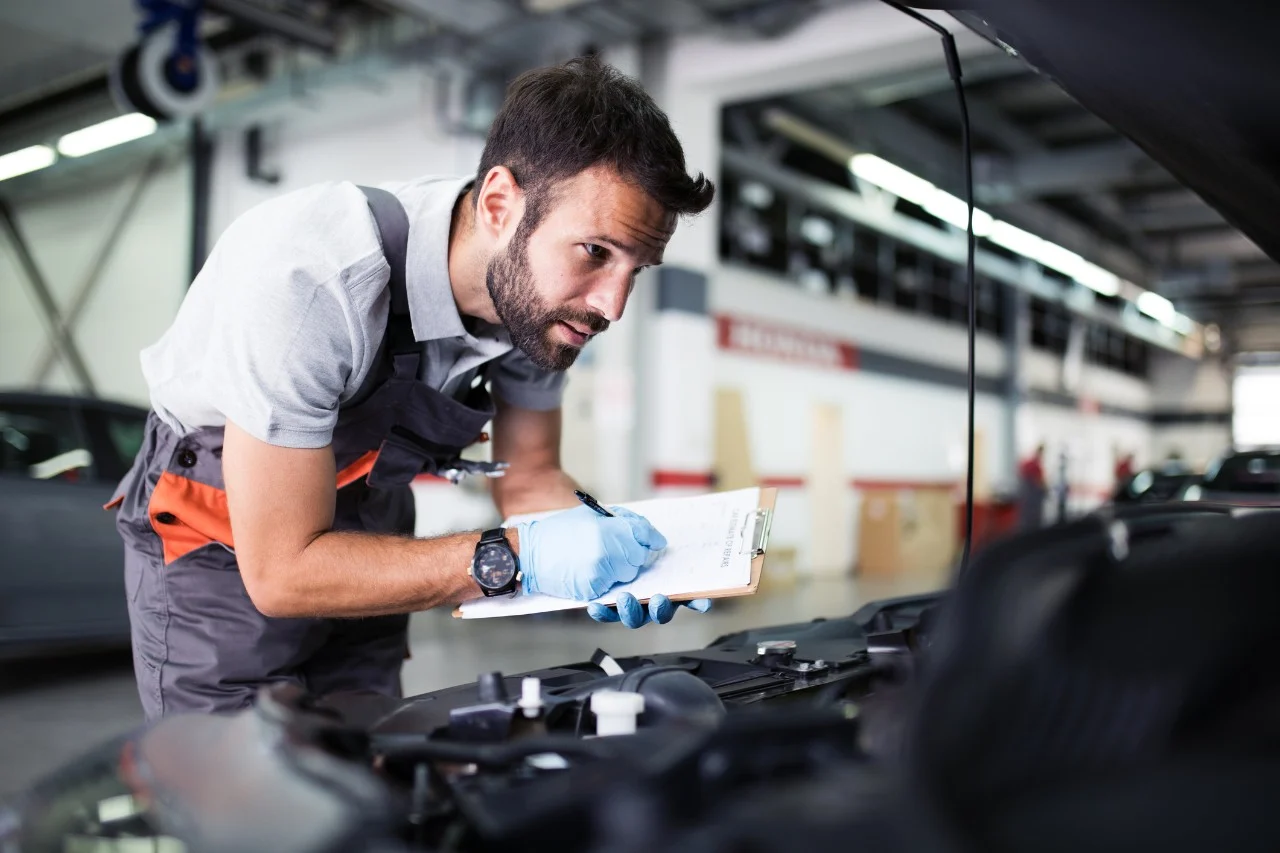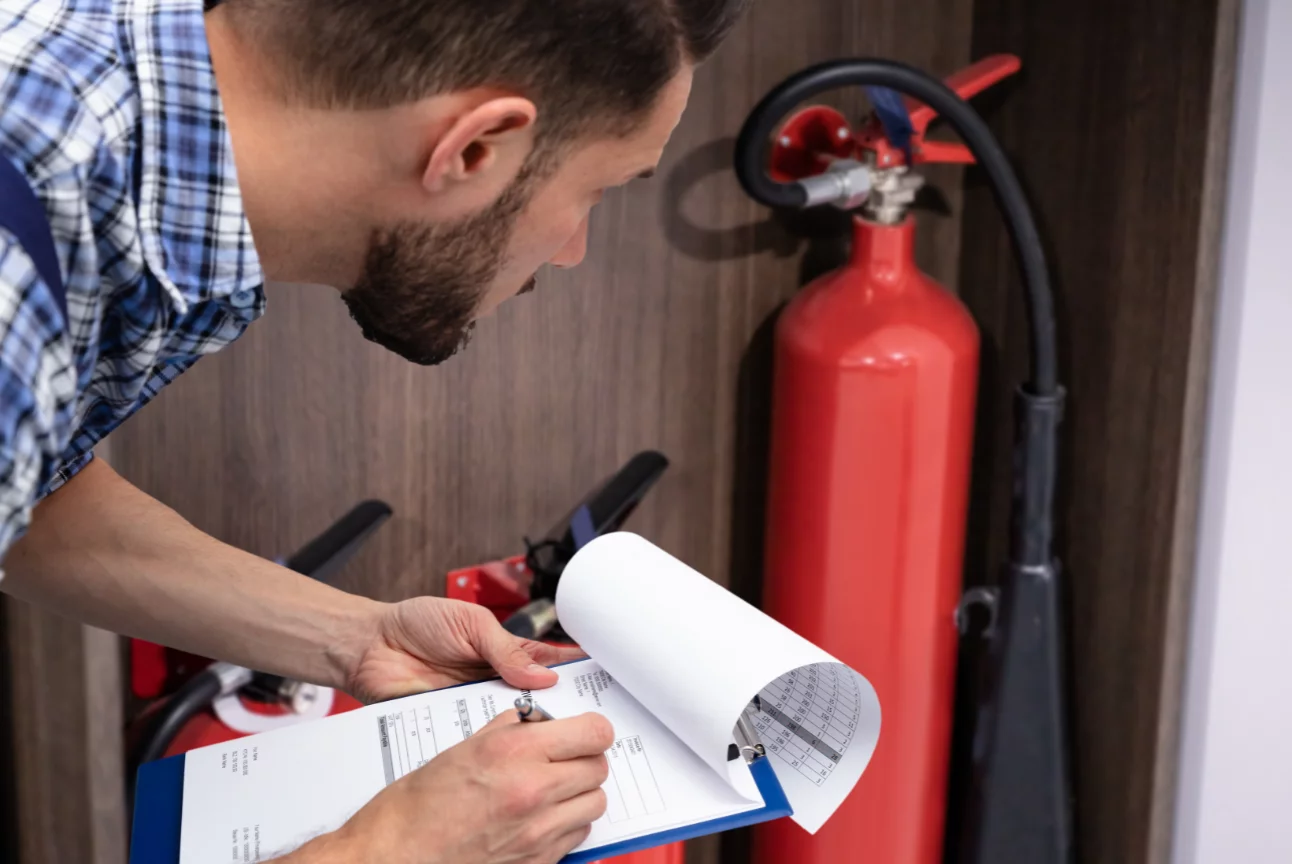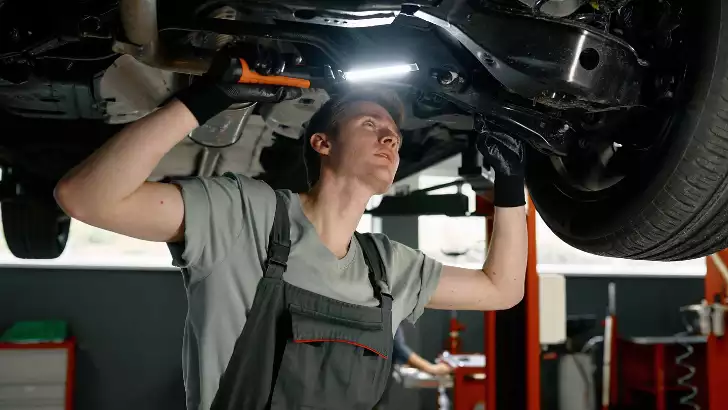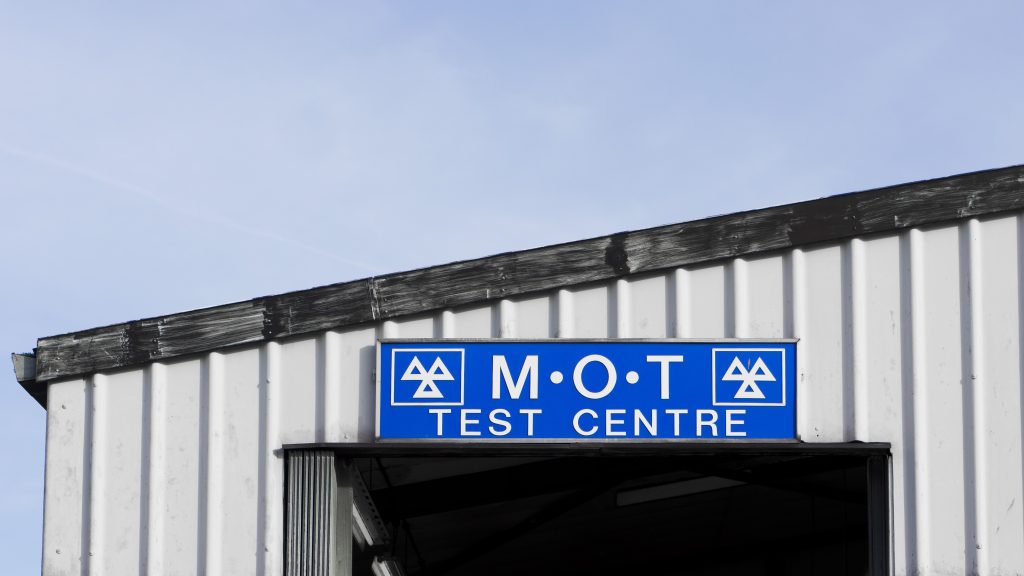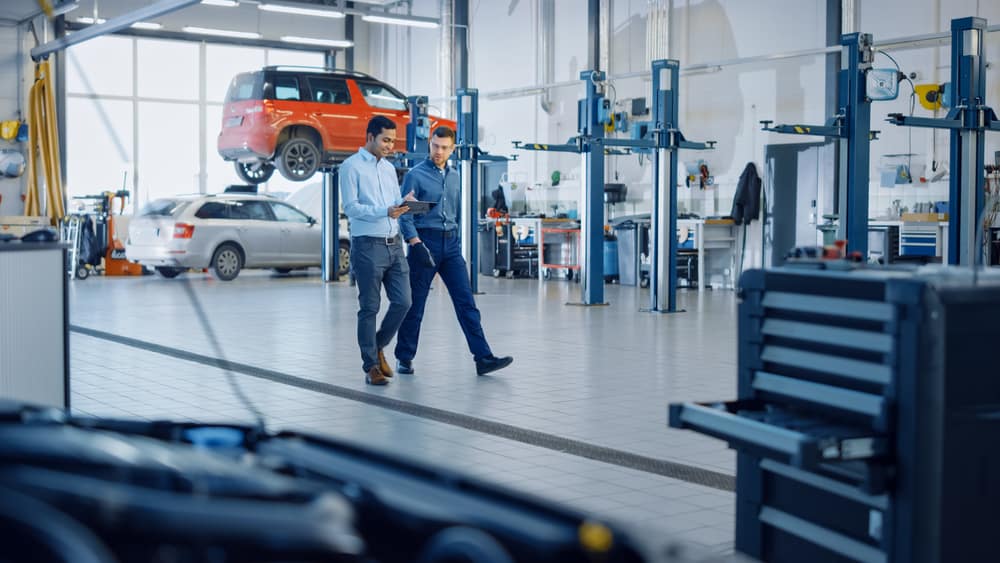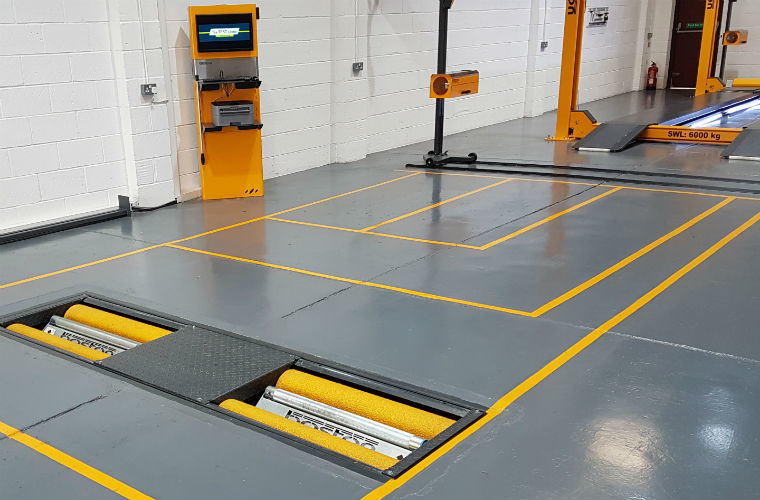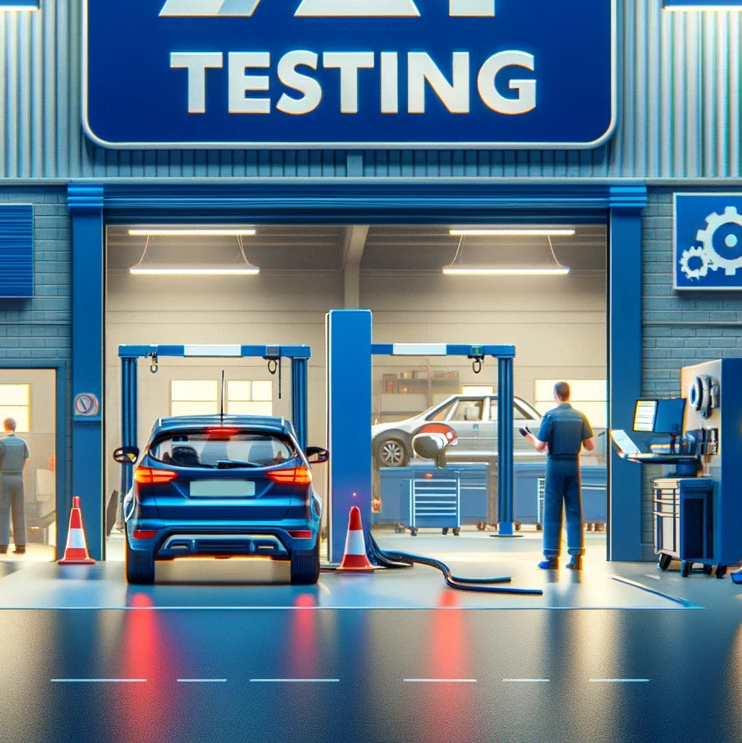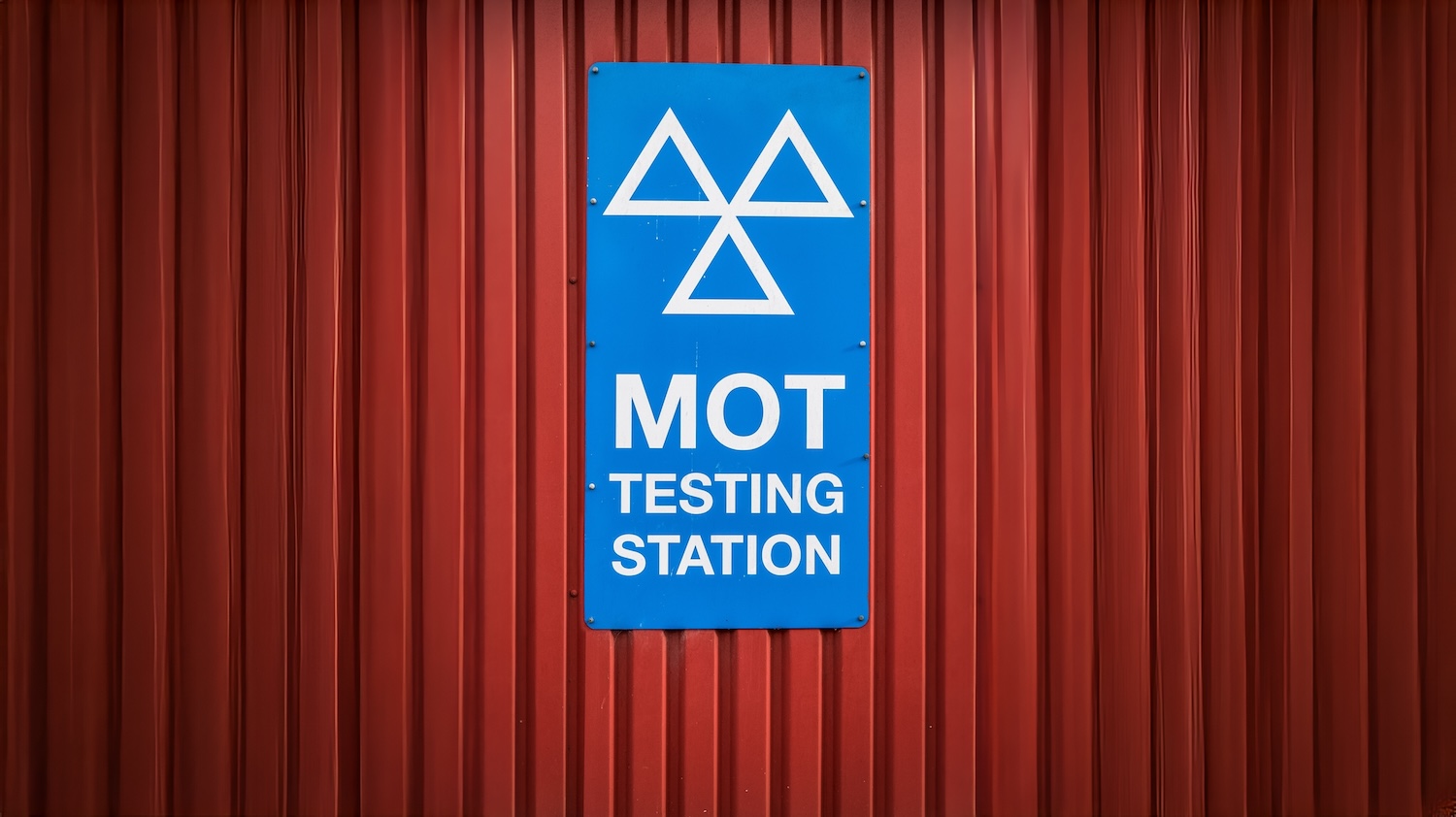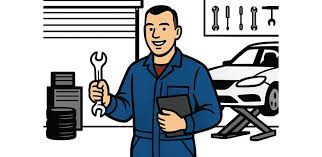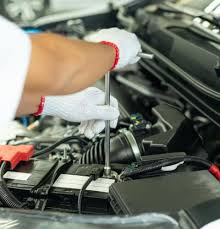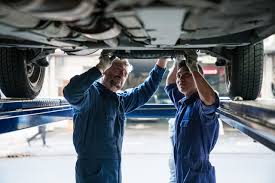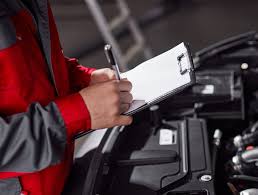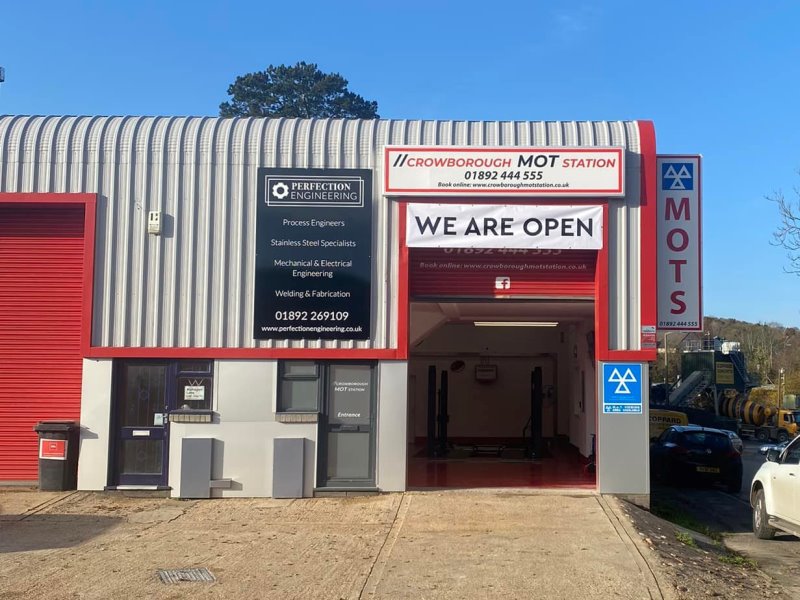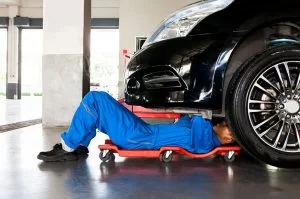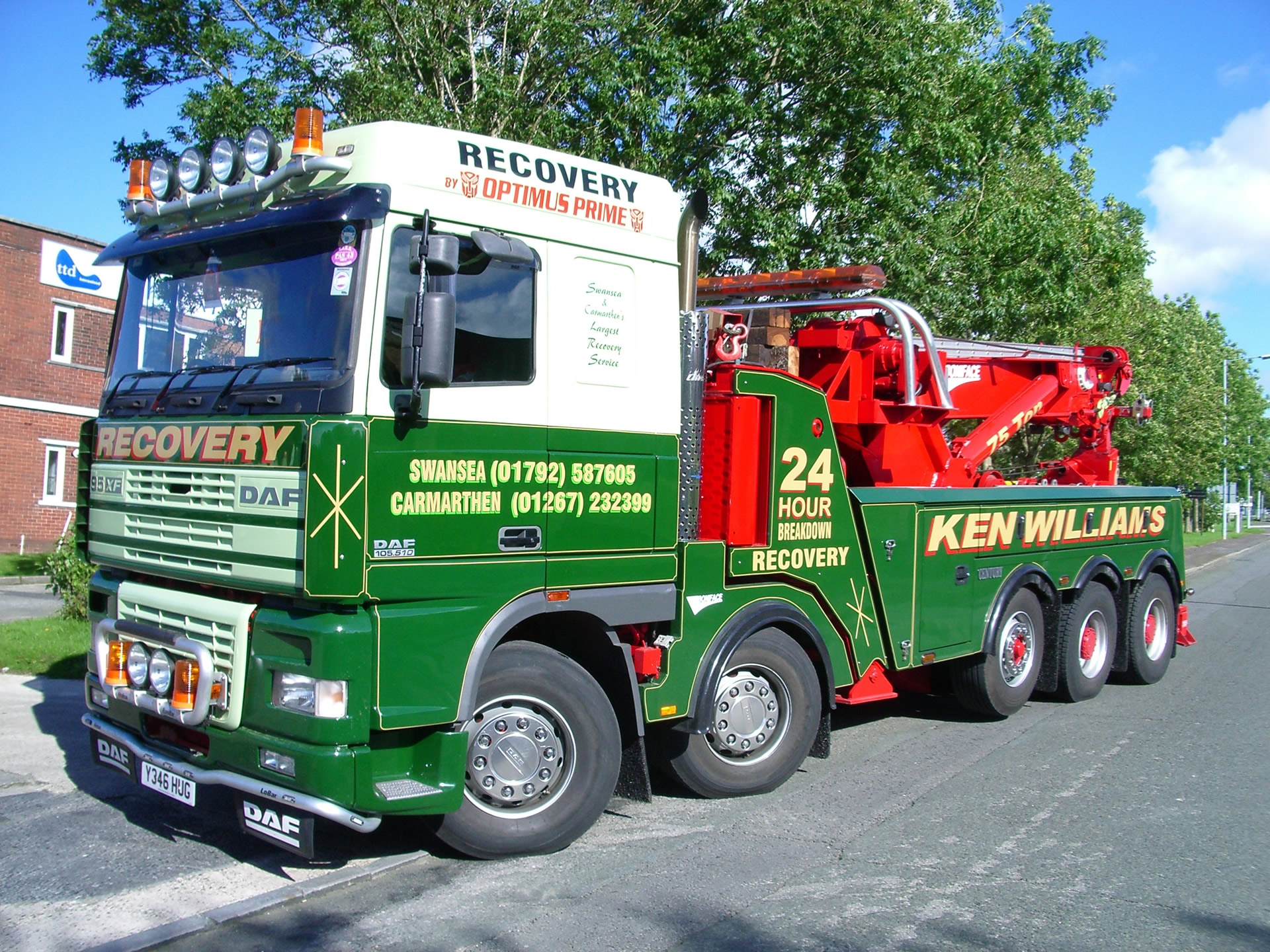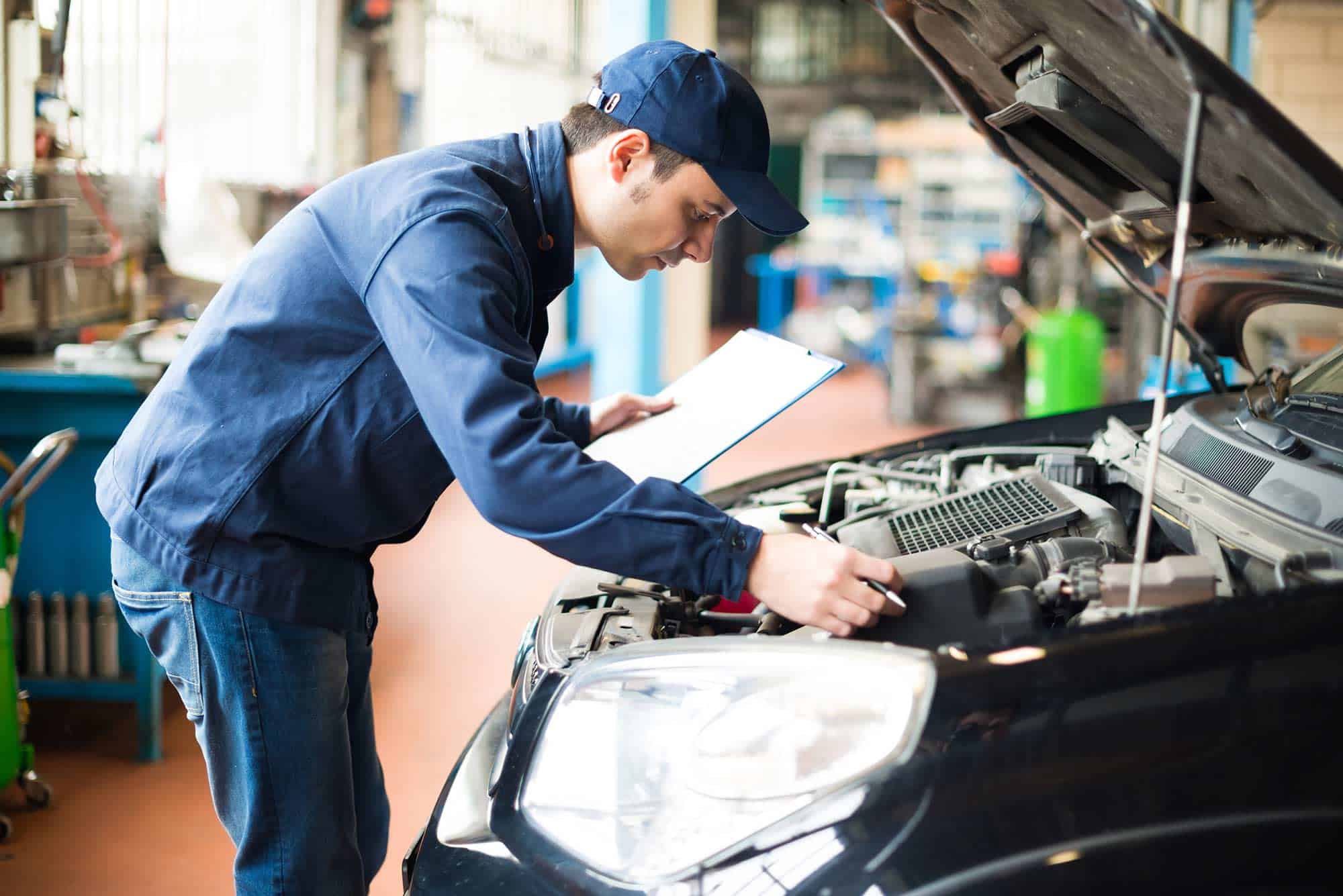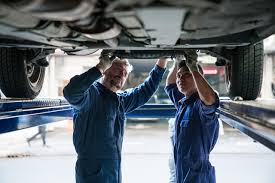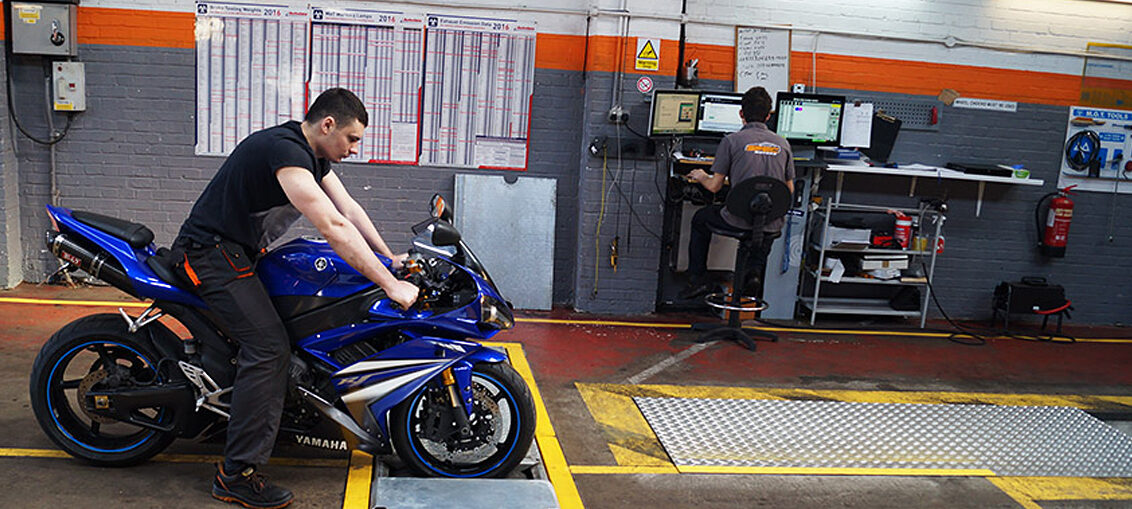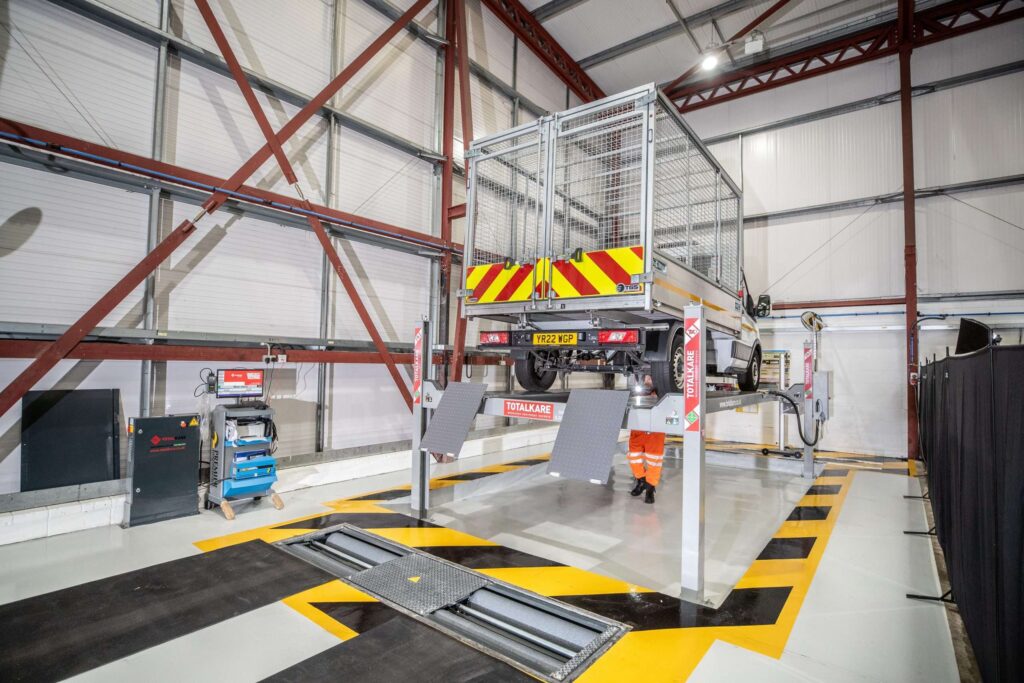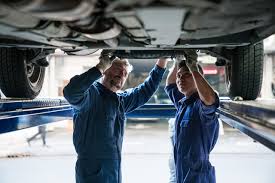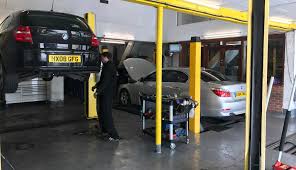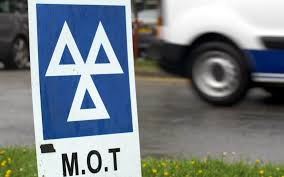Class 7 MOT stations specialize in testing commercial vehicles weighing between 3,000kg and 3,500kg, serving a critical role in maintaining road safety for light commercial vehicles. These specialized testing facilities require comprehensive insurance coverage that addresses the unique risks of handling commercial vehicles, specialized equipment, and the regulatory responsibilities of commercial vehicle certification.
Understanding Class 7 MOT Testing Operations
Class 7 MOT stations are authorized to test commercial vehicles with a design gross weight between 3,000kg and 3,500kg, including vans, small trucks, and commercial derivatives of passenger vehicles. These facilities bridge the gap between standard car testing and heavy commercial vehicle inspection, requiring specialized knowledge, equipment, and insurance protection.
Key characteristics of Class 7 MOT operations include:
- Testing commercial vehicles up to 3,500kg gross weight
- Specialized equipment for commercial vehicle inspection
- Enhanced safety requirements for heavier vehicles
- Commercial customer base including fleet operators
- Higher value vehicles and potential liability exposures
- Stricter regulatory compliance requirements
- Specialized staff training and certification needs
Essential Insurance Coverage for Class 7 MOT Stations
Commercial Property Insurance
Class 7 MOT stations require significant investment in specialized testing equipment designed to handle heavier commercial vehicles. Property coverage should protect against the higher replacement costs of commercial-grade testing equipment, including heavy-duty lifts, brake testers, and emission testing apparatus.
Professional Indemnity Insurance
MOT testing involves professional judgment and certification responsibilities that create liability for errors or omissions. For Class 7 stations, this coverage is particularly important due to the commercial nature of tested vehicles and the potential business impact of testing errors on fleet operators.
Public Liability Insurance
Commercial vehicle testing creates unique public liability risks due to the size and weight of vehicles being handled. Coverage should protect against accidents involving commercial vehicles on the premises and potential damage to customer vehicles during testing procedures.
Employers' Liability Insurance
Staff working with commercial vehicles face enhanced safety risks due to vehicle size, weight, and complexity. Comprehensive employers' liability coverage should address the increased risks associated with handling heavier vehicles and specialized testing equipment.
Specialized Equipment and Infrastructure Risks
Heavy-Duty Testing Equipment
Class 7 MOT stations require specialized equipment capable of handling commercial vehicles up to 3,500kg:
- Commercial-grade vehicle lifts with higher weight capacity
- Heavy-duty brake testing equipment
- Commercial vehicle emission testing apparatus
- Specialized headlight testing equipment
- Heavy-duty suspension and steering testing systems
- Commercial vehicle wheel alignment equipment
Facility Infrastructure Requirements
Testing commercial vehicles requires enhanced facility infrastructure including reinforced floors, higher ceiling clearances, and stronger structural supports. Coverage should protect these specialized facility improvements and their higher replacement costs.
Equipment Breakdown and Calibration
Commercial testing equipment requires regular calibration and maintenance to meet DVSA standards. Coverage should address the costs of equipment breakdown, recalibration, and the business interruption caused by equipment failures.
Commercial Vehicle Handling Risks
Vehicle Size and Weight Considerations
Handling commercial vehicles up to 3,500kg creates unique risks compared to standard car testing:
- Increased potential for property damage due to vehicle size
- Higher forces involved in brake and suspension testing
- Greater risk of equipment damage from heavier vehicles
- Enhanced safety requirements for staff and customers
- Potential for more serious accidents due to vehicle mass
Commercial Vehicle Complexity
Commercial vehicles often feature specialized equipment, modifications, and systems that require additional expertise and create additional testing risks. Coverage should address the complexities of testing modified commercial vehicles.
Customer Vehicle Damage
The higher value of commercial vehicles means that any damage during testing can result in significant claims. Coverage should reflect the increased value and importance of commercial vehicles to business customers.
Regulatory Compliance and DVSA Requirements
Class 7 Authorization and Compliance
Operating a Class 7 MOT station requires specific DVSA authorization and compliance with enhanced standards. Coverage should support compliance efforts and protect against regulatory violations that could affect authorization status.
Commercial Vehicle Testing Standards
Class 7 testing involves more complex procedures and stricter standards than standard car testing. Insurance should address the risks associated with these enhanced requirements and the potential consequences of testing errors.
Staff Qualification and Training
Class 7 MOT testers require specialized training and qualifications to handle commercial vehicles safely and effectively. Coverage should support ongoing training requirements and address risks from inadequately trained staff.
Commercial Customer Base Considerations
Fleet Operator Relationships
Class 7 MOT stations often serve fleet operators and commercial businesses that rely on their vehicles for daily operations. Key considerations include:
- Higher expectations for service quality and reliability
- Potential business interruption claims from testing delays
- Contractual obligations and service level agreements
- Repeat business relationships requiring consistent service
- Commercial customers' insurance and compliance requirements
Business-Critical Vehicle Testing
Commercial vehicles are often essential to customers' business operations, making testing accuracy and timeliness critical. Errors or delays can have significant business impact beyond the immediate testing service.
Commercial Vehicle Modifications
Many commercial vehicles undergo modifications for specific business purposes, creating additional complexity in testing procedures and potential liability for approving or rejecting modified vehicles.
Health and Safety in Commercial Vehicle Testing
Enhanced Safety Protocols
Working with heavier commercial vehicles requires enhanced safety protocols and procedures:
- Specialized lifting and handling procedures
- Enhanced personal protective equipment requirements
- Stricter vehicle positioning and securing protocols
- Emergency procedures for commercial vehicle incidents
- Enhanced staff training on commercial vehicle safety
Workplace Risk Assessment
The increased risks associated with commercial vehicle testing require comprehensive risk assessments and safety management systems that go beyond standard MOT station requirements.
Emergency Response Procedures
Incidents involving commercial vehicles can be more serious due to their size and weight. Comprehensive emergency response procedures and appropriate insurance coverage are essential for managing these enhanced risks.
Business Interruption and Operational Risks
Equipment Failure Impact
Class 7 MOT stations rely on specialized, expensive equipment that may have longer replacement times than standard testing equipment. Business interruption coverage should account for these extended downtime periods and higher replacement costs.
DVSA Compliance Issues
Regulatory compliance failures can result in suspension of Class 7 authorization, completely stopping commercial vehicle testing operations. Coverage should address the business impact of compliance-related suspensions.
Staff Availability and Qualifications
The specialized nature of Class 7 testing means that qualified staff may be difficult to replace quickly. Business interruption coverage should consider the challenges of maintaining qualified staffing levels.
Technology and Digital Systems
MOT Testing Software and Systems
Class 7 MOT stations rely on specialized software systems for test recording, DVSA communication, and compliance management. Coverage should protect against system failures and cyber security incidents affecting testing operations.
Digital Record Keeping
Comprehensive digital records of commercial vehicle tests are essential for compliance and customer service. Cyber insurance should protect against data loss and ensure business continuity in case of system failures.
Customer Communication Systems
Commercial customers often require detailed reporting and communication about test results. Technology failures affecting customer communication can impact business relationships and reputation.
Financial and Commercial Considerations
Higher Value Transactions
Class 7 MOT testing typically involves higher value transactions than standard car testing, creating increased financial exposures and cash handling risks that require appropriate insurance protection.
Commercial Credit and Payment Terms
Business customers may require credit terms and invoicing arrangements that create additional financial risks requiring appropriate coverage.
Investment in Specialized Equipment
The significant investment required for Class 7 testing equipment means that adequate property insurance is essential to protect against financial loss from equipment damage or theft.
Environmental and Waste Management
Commercial Vehicle Emissions Testing
Class 7 stations must conduct emissions testing on commercial vehicles, creating environmental compliance requirements and potential liability for emissions-related issues.
Waste Oil and Fluid Management
Commercial vehicles may leak or require disposal of larger quantities of fluids, creating enhanced environmental management requirements and potential liability.
Environmental Compliance
Enhanced environmental regulations may apply to facilities handling commercial vehicles, requiring appropriate compliance measures and insurance protection.
Quality Management and Customer Service
Service Quality Standards
Commercial customers often have higher expectations for service quality, reliability, and professionalism. Meeting these expectations requires robust quality management systems and appropriate insurance protection for service failures.
Customer Complaint Management
Handling complaints from commercial customers requires professional expertise and may involve significant financial exposures if testing errors affect business operations.
Reputation Management
Class 7 MOT stations often serve local business communities where reputation is crucial for success. Insurance should include support for reputation management and crisis communication.
Cost Management and Risk Reduction Strategies
Proactive Risk Management
Implementing comprehensive risk management can help reduce insurance costs and improve safety:
- Regular safety audits and risk assessments
- Comprehensive staff training on commercial vehicle handling
- Preventive maintenance programs for testing equipment
- Quality management systems and procedures
- Customer service excellence programs
- Environmental compliance monitoring
Equipment Maintenance and Calibration
Regular maintenance and calibration of testing equipment not only ensures compliance but can also reduce breakdown risks and insurance claims.
Staff Development and Training
Investing in comprehensive staff training and development improves service quality, reduces risks, and may lead to lower insurance premiums.
Choosing Specialized Class 7 MOT Insurance
When selecting insurance for your Class 7 MOT station, look for providers who offer:
- Experience with commercial vehicle testing operations
- Understanding of Class 7 specific risks and requirements
- Professional indemnity coverage for testing responsibilities
- Comprehensive property coverage for specialized equipment
- Business interruption protection for regulatory compliance issues
- Competitive pricing for comprehensive coverage
- Claims expertise in commercial vehicle and testing scenarios
- Risk management support and guidance


 0330 127 2333
0330 127 2333
